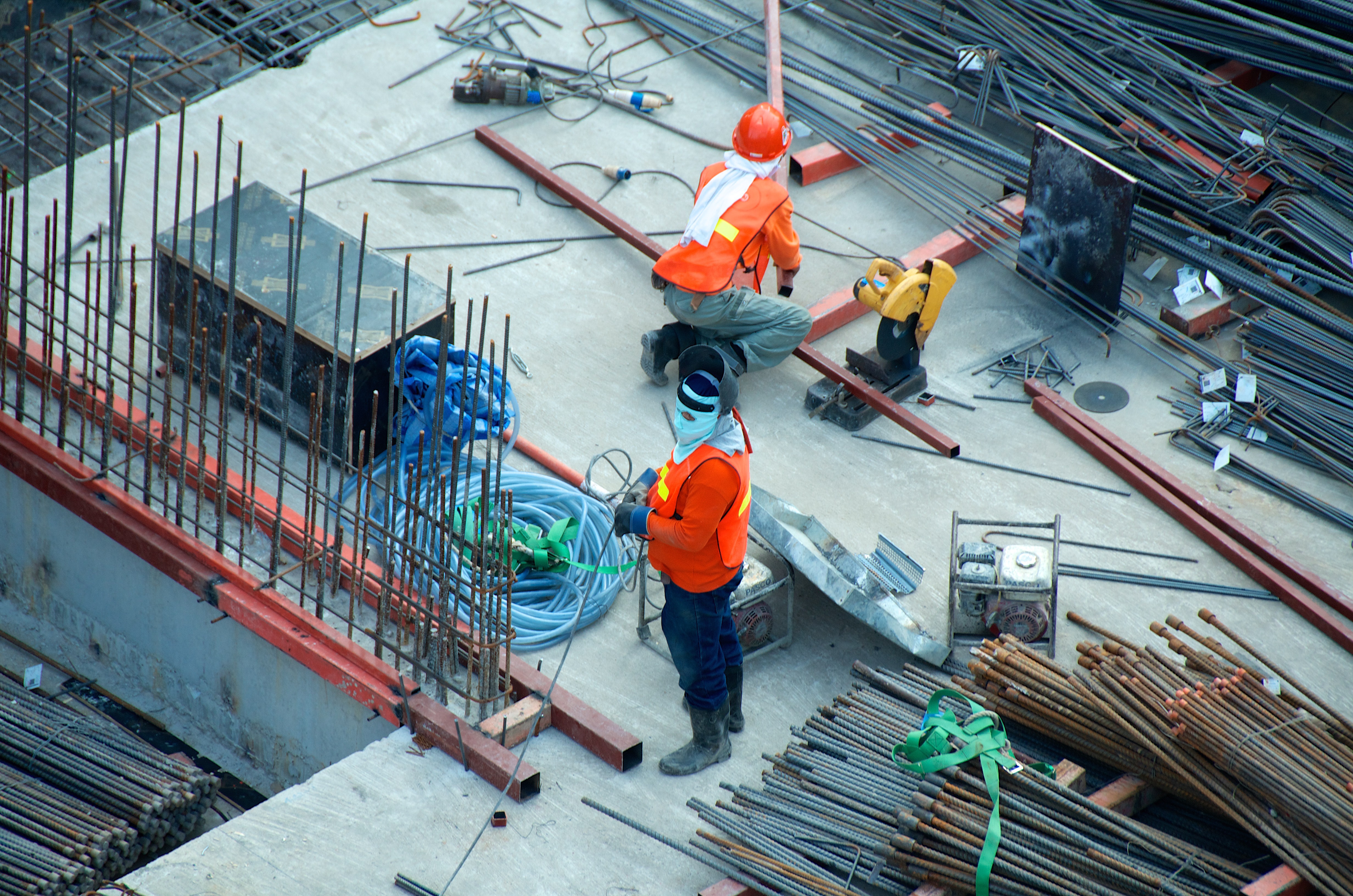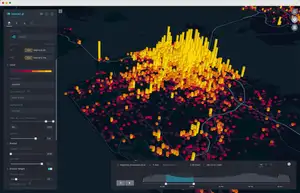
Transform Your Construction Business with GIS Technology
Geographic Information Systems (GIS) technology has been revolutionizing the construction industry for decades, enabling construction companies to work more efficiently, accurately, and sustainably. Whether you're a small contractor or a large construction firm, GIS technology can help you take your business to the next level. In this article, we'll explore the benefits of GIS technology for construction businesses and how you can use it to improve your operations.
What is GIS Technology?
GIS technology is a computer-based system that allows users to collect, store, analyze, and display geographical data. It's used in a wide range of industries, including construction, transportation, and land management. GIS technology enables users to create maps, models, and visualizations that can be used to make better decisions and improve operations.
The Benefits of GIS Technology for Construction Businesses
There are many benefits of GIS technology for construction businesses, including:
Improved Planning and Design: GIS technology can be used to create detailed maps and models of construction sites, which can be used to plan and design projects more efficiently. This can help construction companies avoid mistakes and reduce costs.
Better Coordination and Communication: GIS technology can be used to share information between different teams and departments, which can help improve coordination and communication. This can be especially useful for large construction projects that involve multiple teams working on different parts of the project.
Reduced Costs and Increased Efficiency: GIS technology can be used to improve the efficiency of construction operations, which can help reduce costs and increase profits. For example, GIS technology can be used to optimize routes for construction vehicles and equipment, which can save time and fuel costs.
Improved Safety and Quality: GIS technology can be used to identify potential hazards and safety risks on construction sites, which can help improve safety and quality. For example, GIS technology can be used to identify areas that are prone to flooding or landslides, which can help construction companies take appropriate measures to protect workers and equipment.
How to Use GIS Technology in Your Construction Business
There are many different ways to use GIS technology in your construction business, depending on your specific needs and goals. Here are a few examples:
Create detailed maps and models of construction sites: GIS technology can be used to create detailed maps and models of construction sites, which can be used to plan and design projects more efficiently. This can help you avoid mistakes and reduce costs.
Share information between different teams and departments: GIS technology can be used to share information between different teams and departments, which can help improve coordination and communication. This can be especially useful for large construction projects that involve multiple teams working on different parts of the project.
Optimize routes for construction vehicles and equipment: GIS technology can be used to optimize routes for construction vehicles and equipment, which can save time and fuel costs.
Identify potential hazards and safety risks: GIS technology can be used to identify potential hazards and safety risks on construction sites, which can help improve safety and quality.
Conclusion
GIS technology has been revolutionizing the construction industry for decades, enabling construction companies to work more efficiently, accurately, and sustainably. Whether you're a small contractor or a large construction firm, GIS technology can help you take your business to the next level. By using GIS technology to improve planning and design, coordination and communication, and safety and quality, you can reduce costs and increase profits.










